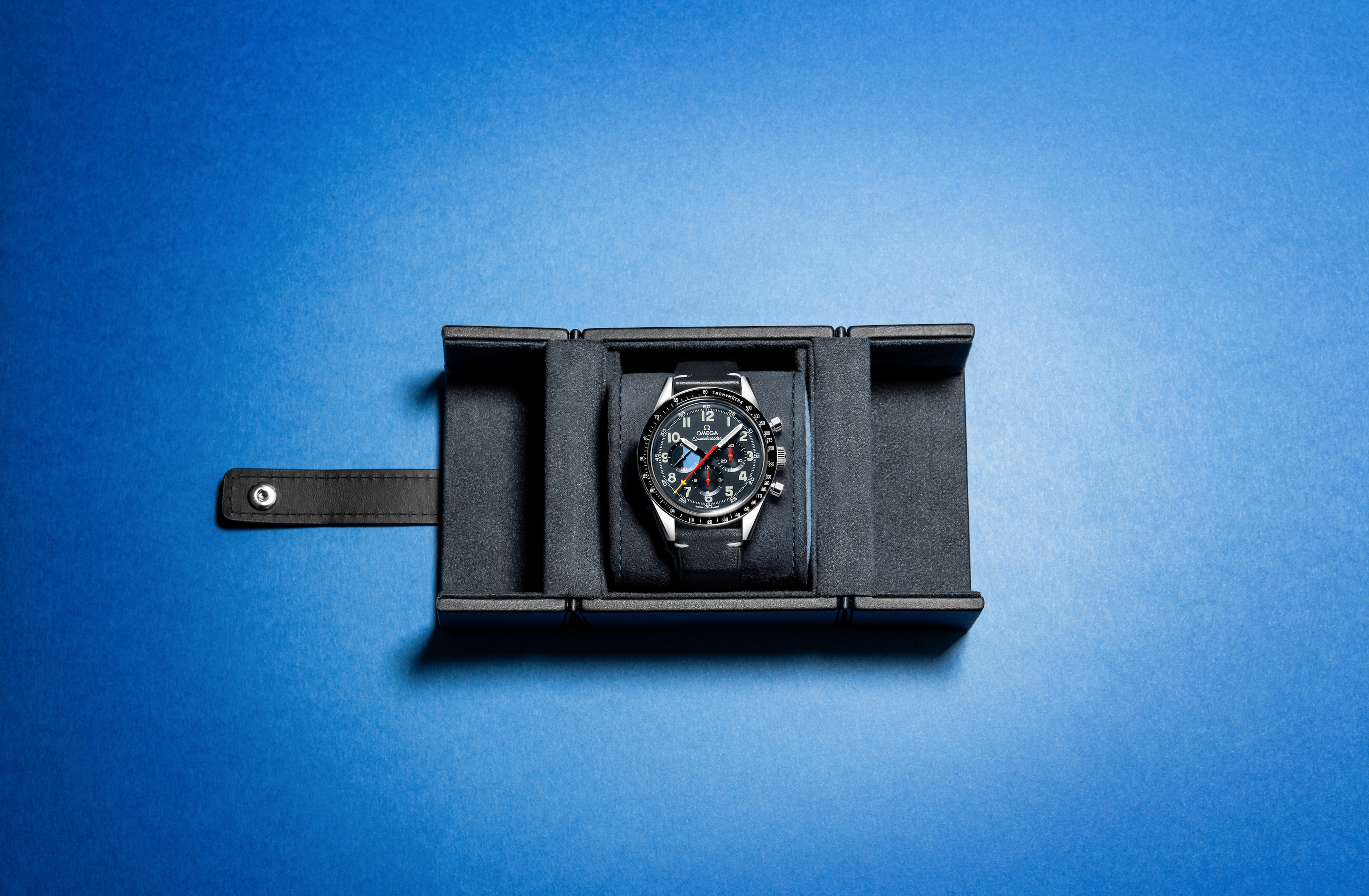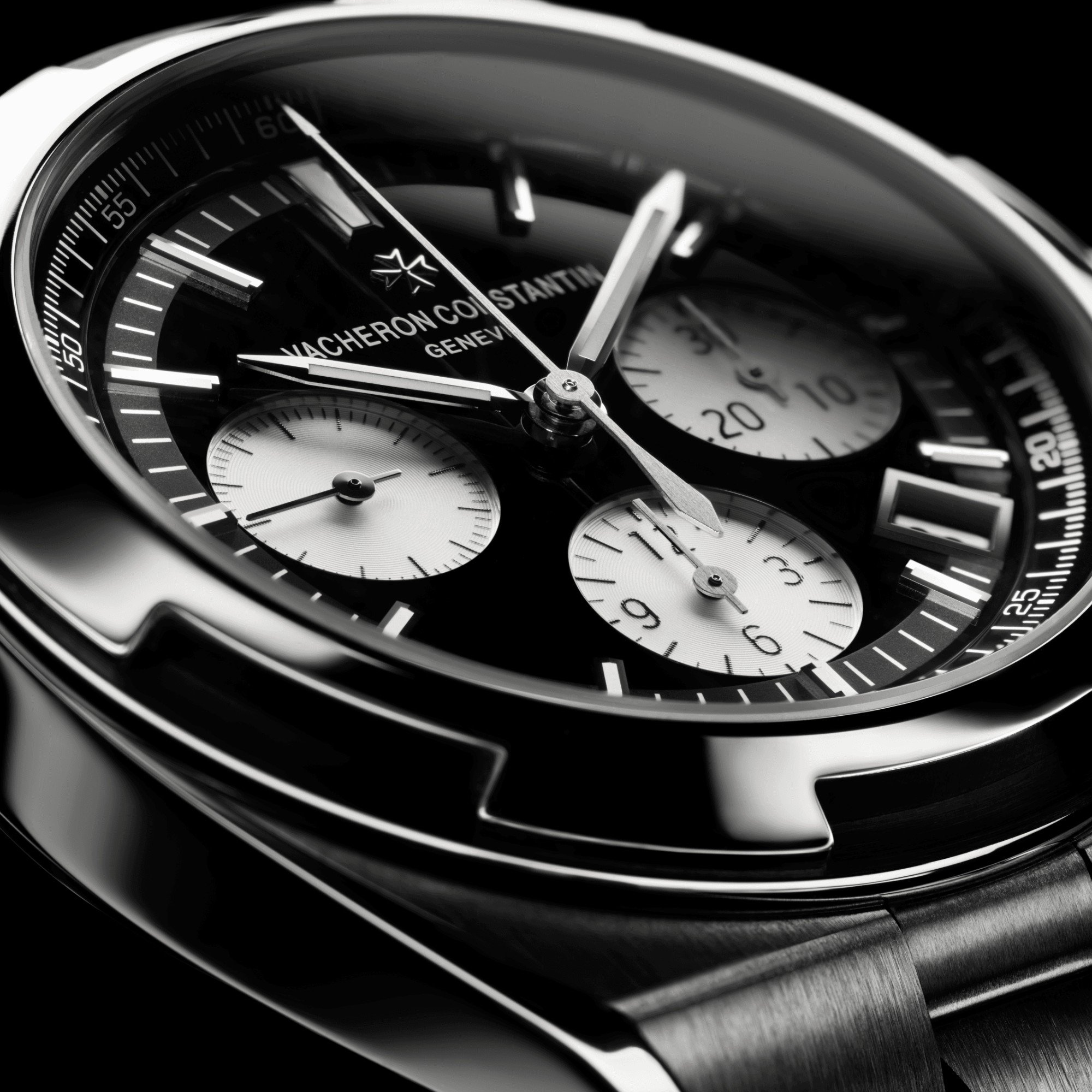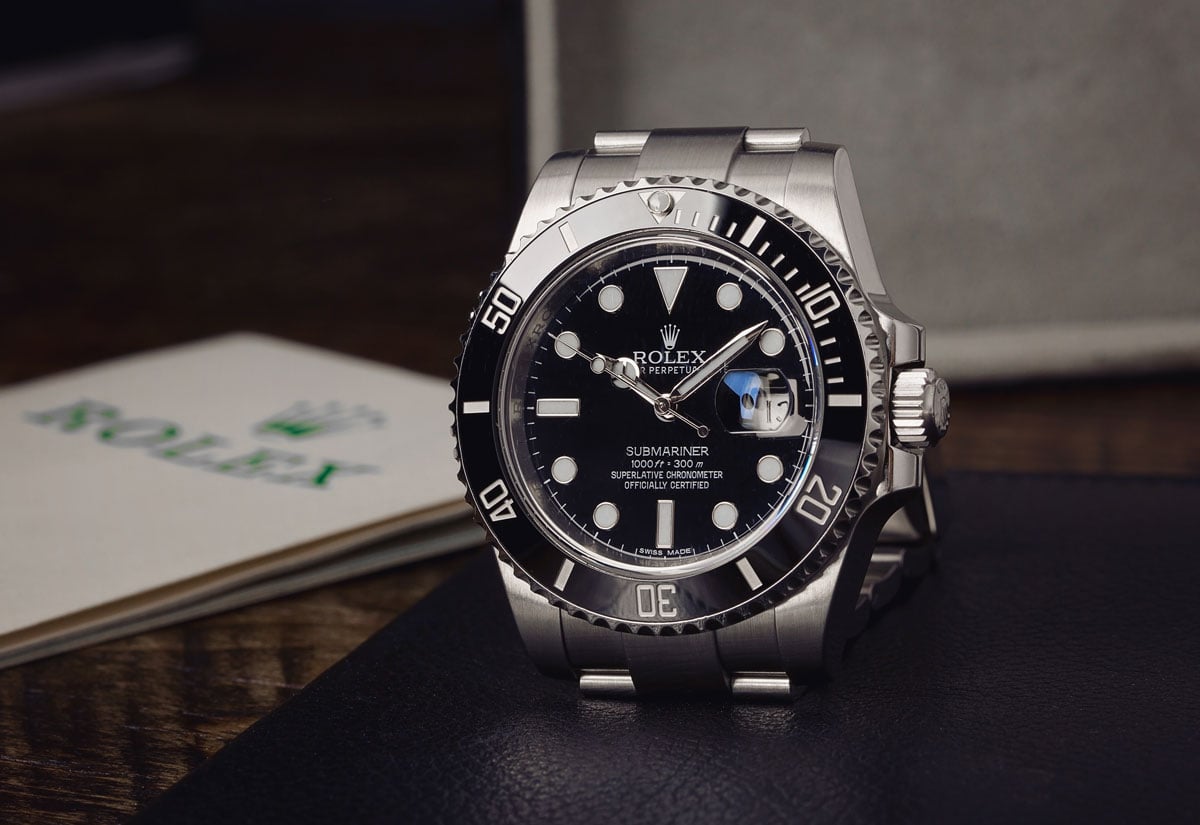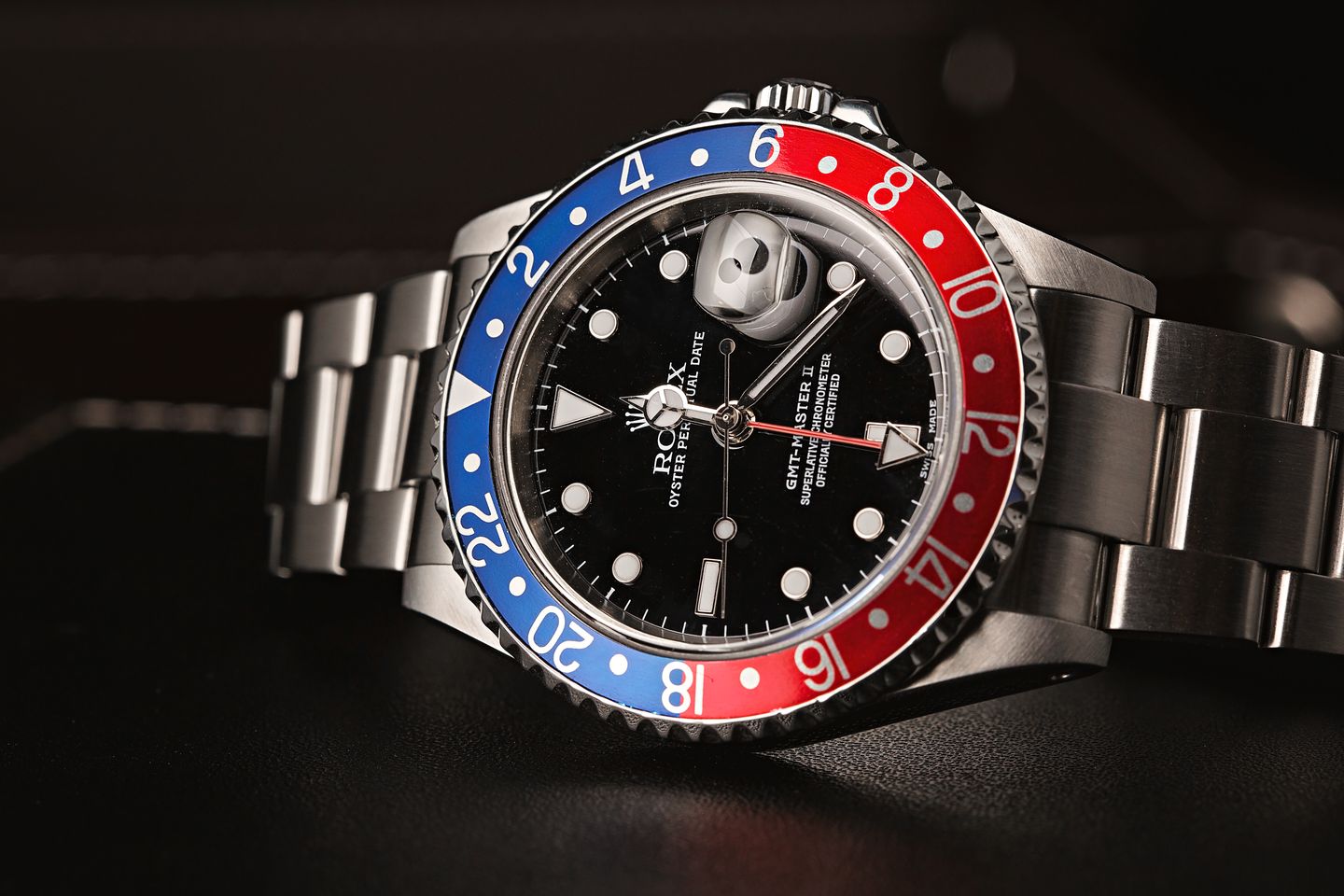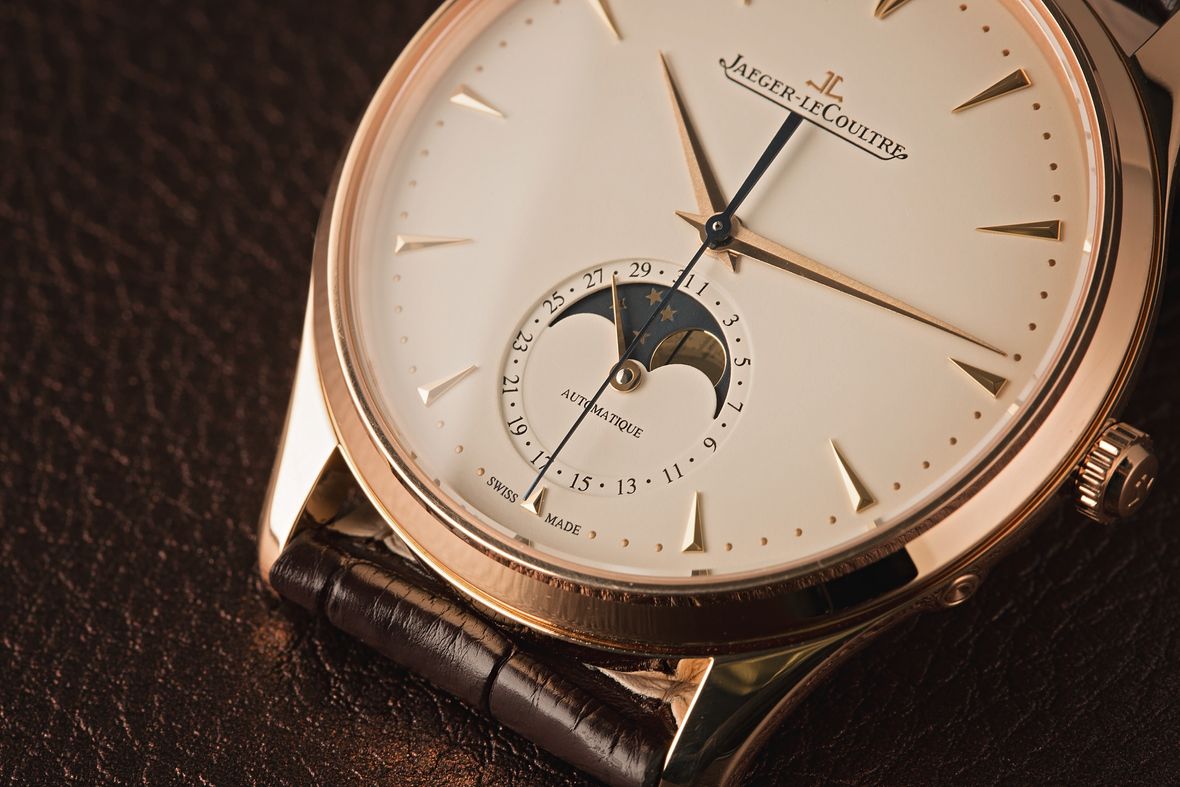Certain timepiece manufacturers are continuously developing new movements, with only a handful of years passing before an updated or improved caliber is released. By contrast, Rolex takes the completely opposite approach to the release of new movements, with many years – even multiple decades – passing before a generation is ultimately phased out in favor of an updated replacement.
Rolex watches are true masterpieces in disguise. Here is what the inside of your typical Rolex movement looks like.
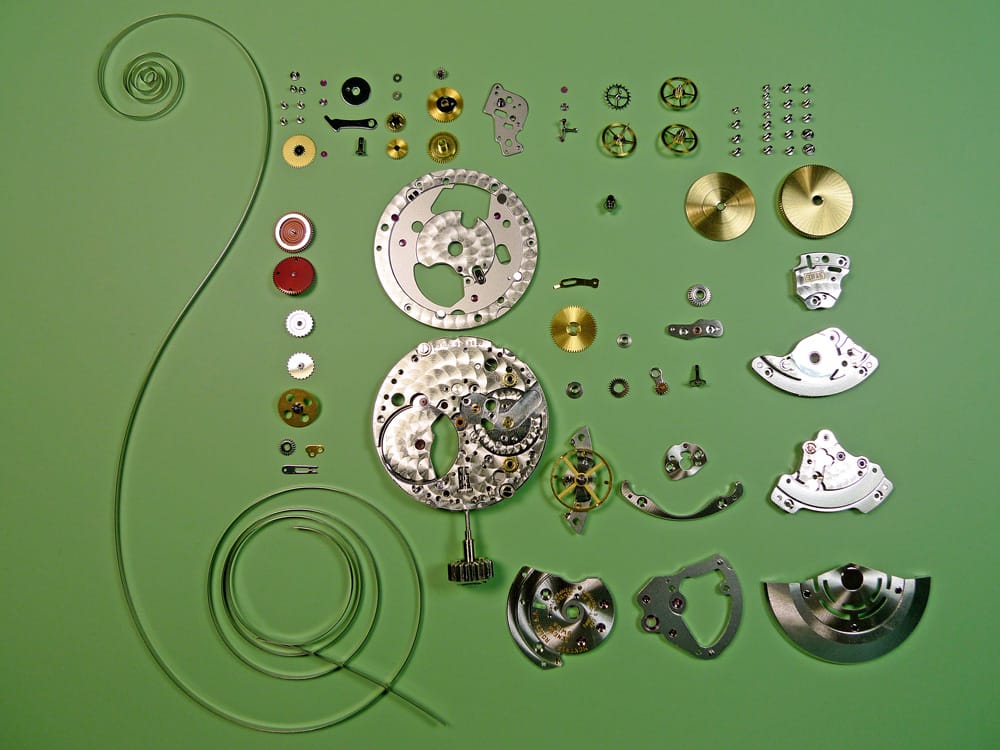
As a point of reference, Rolex’s 31xx series of movements was first introduced in 1988, and is still being fitted to certain watches that are manufactured today, more than thirty years later. While the 31xx series has seen a couple minor updates and changes throughout the years, such as the addition of Rolex’s blue Parachrom hairspring, the 31xx series has remained largely unchanged since its initial introduction.
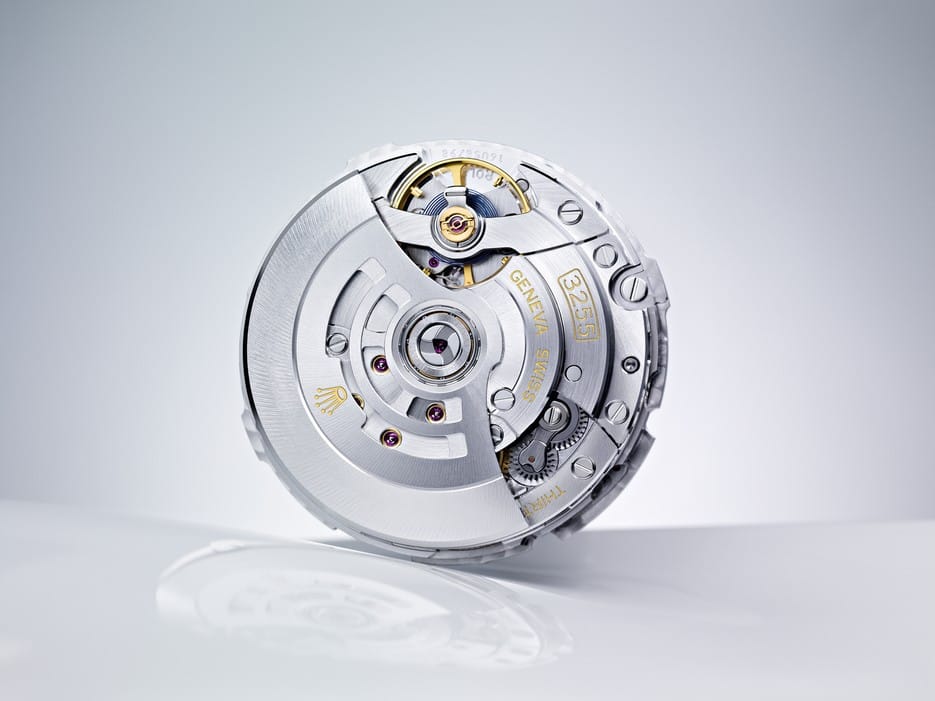
Now, more than three decades later, Rolex is beginning to implement a new generation of in-house movements – the unsurprisingly named, 32xx series. First announced at Baselworld 2015, the 32xx series made its debut in the form of the Caliber 3255, which was fitted to the re-designed version of the Day-Date. Now, three years later, the 32xx series has expanded to include three variations: the Caliber 3235 (time and date), the Caliber 3255 movement (time, day, and date), and the Caliber 3285 (time, date, and secondary time zone). Completely re-designed from the ground-up, the new 32xx series boasts a number of increased performance metrics in addition to precision standards that are twice as exacting as those for traditional certified chronometers.
At the heart of Rolex’s new 32xx series of movements is their new Chronergy escapement, which optimizes the design of the traditional Swiss lever escapement to increase overall efficiency by 15%. Additionally, the escape wheel and pallet fork on the new, Chronergy escapement are craft from nickel-phosphorus, which allows them to be insensitive to potentially disruptive, magnetic forces.
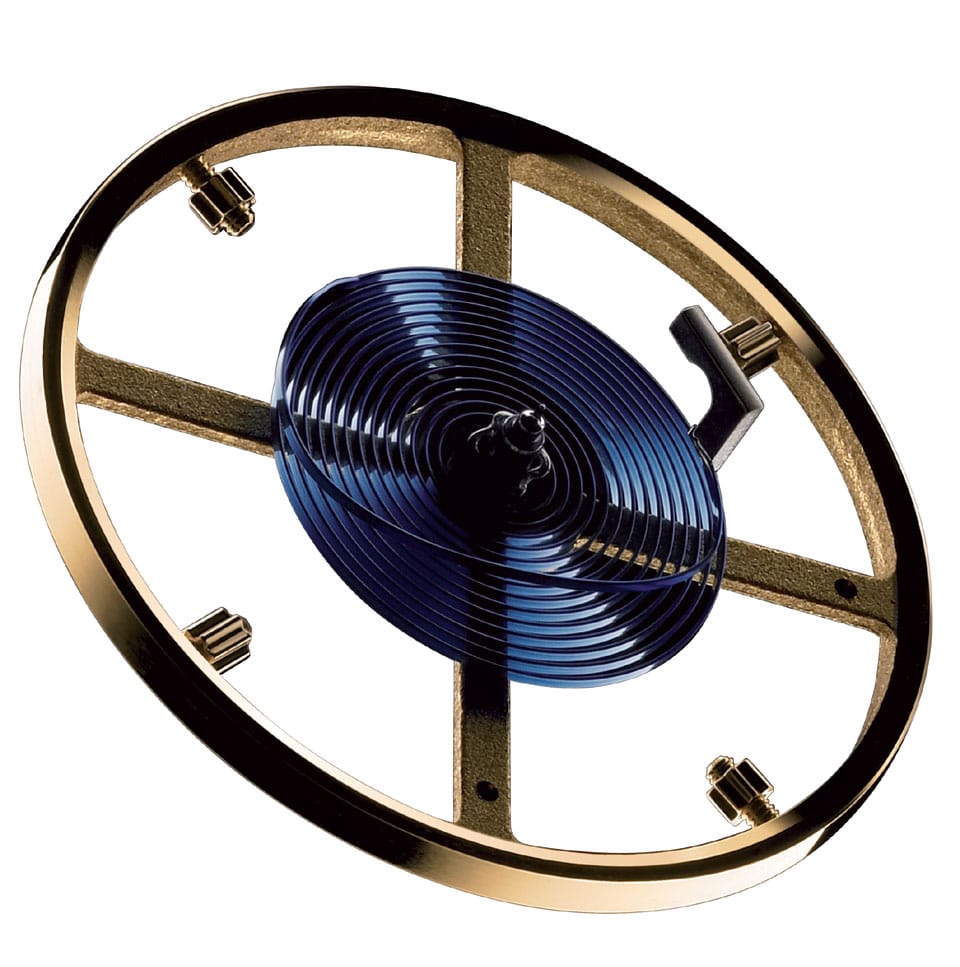
While it is not brand-new technology unique to this new generation of movements, Rolex’s proprietary blue Parachrom hairspring is still used on the 32xx series. Manufactured from a proprietary alloy of niobium and zirconium, Parachrom is more resistant to magnetic fields, temperature variations, and shocks than traditional hairspring materials. Additionally, protecting the movement are Rolex’s highly efficient Paraflex shock absorbers, which Rolex claims increase the shock resistance of the movement by up to 50%.
The Chronergy escapement is paired with re-designed, highly efficient gear train, and a high capacity mainspring barrel, to achieve the longer, 70-hour power reserve of the 32xx generation. Despite having a significantly larger capacity, the external dimensions of the new mainspring barrel were not made any larger. Rolex achieved this feat by reducing the thickness of the walls of the barrel by roughly 50%, without compromising the overall reliability of the component. Lastly, to improve self-winding capabilities and long-term reliability, the newly re-designed, monobloc oscillation weight is now mounted to the movement with a ball bearing, which increases both winding efficiency and general shock resistance.

Protected by 14 patents, and comprised of more than 90% new components, the 32xx series is poised to be the next generation of Rolex movements, and will likely continue to proliferate throughout the various watches in the Rolex lineup. The venerable 31xx series of movements has proven to be remarkably accurate and reliable over the course of its multi-decade production run, and if the 32xx series is equally as reliable as its predecessor and delivers on its promised performance metrics, then the new 32xx series of Rolex movements will be a significant upgrade over the outgoing generation.

